
Population density of Columba livia (Columbiformes: Columbidae) in urban parks of Costa Rica in relation to certain anthropic characteristics
July 2019 – December 2020
We seek to estimate the real population density of pigeons and monitor them in urban parks over time by taking panoramic photographs, an economic methodology, accurate, safe, fast and easy to carry out. The results of the project will add to the efforts of the Interinstitutional Commission of Doves, led by the Ministry of Health, which seeks to generate actions for the control of the populations of these animals. They will also expand the baseline knowledge for periodic analysis of the environmental quality of the region.
Project Coordinator: Carolina Seas Carvajal
Email: caroseas@gmail.com
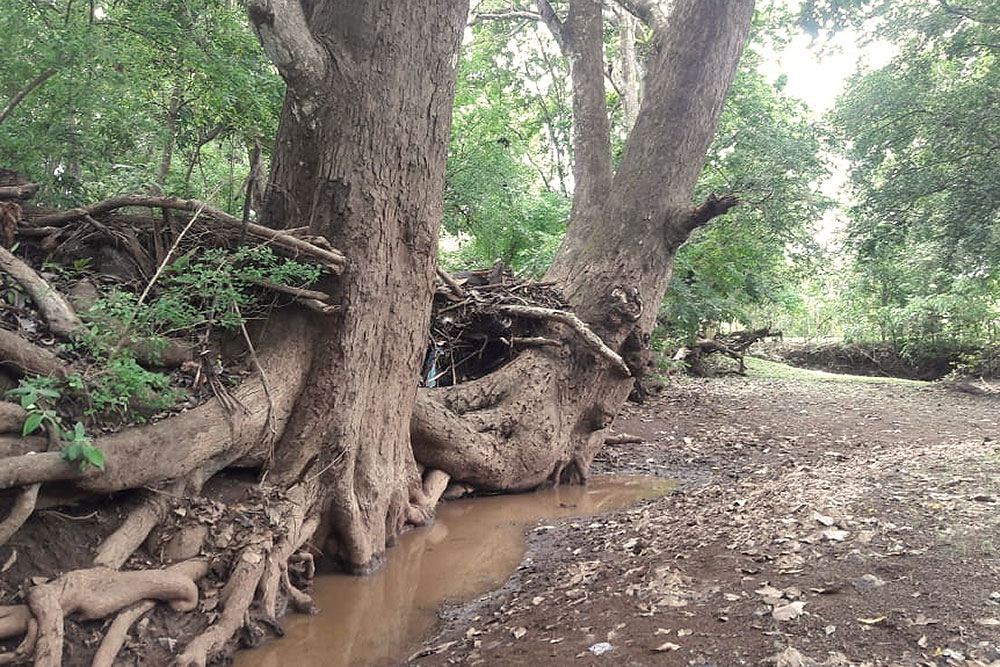
Monitoring of dispersal and pollinator fauna, development of communal capacities and restoration of riparian habitats for the improvement of ecological connectivity between the Las Baulas National Marine Park and the Diriá National Park
January 2018 – January 2021
This project seeks to improve ecological connectivity between the Diria National Park and Las Baulas National Marine Park. To achieve this, wildlife monitoring activities are carried out, including birds, bees and mammals, since it is seed dispersal fauna in riverine environments. They also make efforts for reforestation with native species on farms with a livestock vocation located in Santa Cruz de Guanacaste. It is intended to develop and strengthen the capacities of ASADAS and Integal Development Associations, to achieve sustainable development in the area.
Project Coordinator: Gabriela Jones
Email: gjones@uned.ac.cr
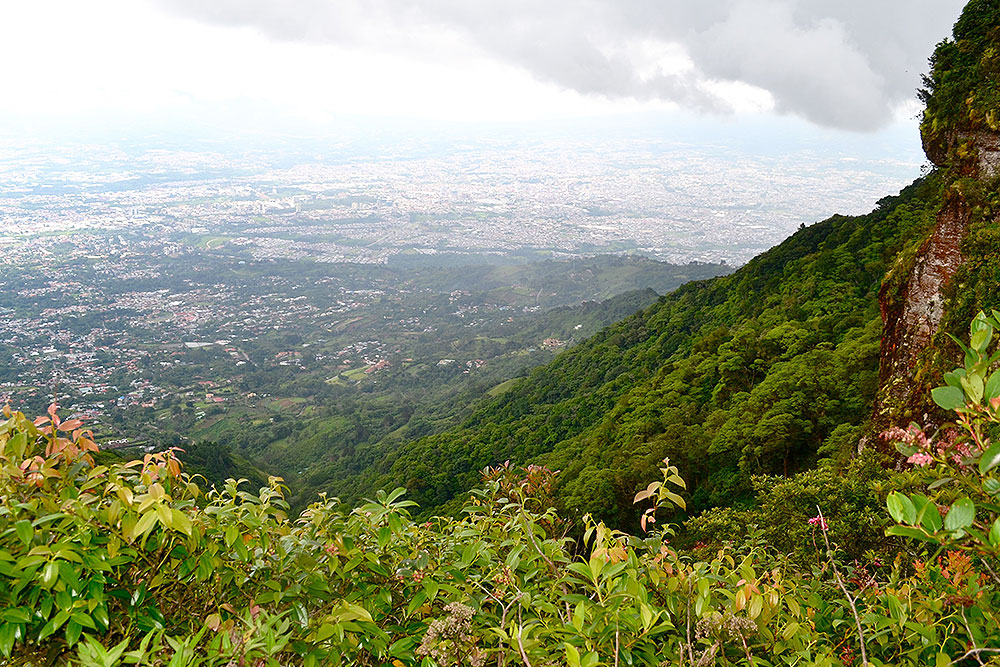
Transportation of air pollutants in the Western Central Valley: Identification of air pollution sinks and their impact on infrastructure
January 2018 – December 2020
The present project intends to evaluate the effect of corrosion on metallic structures of carbon steel and galvanized steel located in different regions of the Central Western Valley (VCO) of Costa Rica in relation to the variability of air pollution in it and the angle of exposition. The methodology to be applied will be based on ISO 9223 and associated standards, both for the exposure of metal plates to the environment, and for the measurement of air pollutants associated with corrosion (chlorides and sulfur oxide). The measurements will be carried out over 2 years, in monitoring stations that will be located in sequences from the entrance to the exit of the trade winds of the VCO.
Project Coordinator: Javier Rodríguez Yáñez
Email: jrodriguezy@uned.ac.cr

Preparation of measurement protocol and data analysis, obtained for a simple sample, on a drying scale.
August 2019 – August 2020
The generation of physical and chemical analysis protocols is a constant in industrial analysis and research laboratories. The case of the drying scale is no stranger to this, but in general the suppliers do not provide a detailed work protocol and there are no defined standards for most cases. Based on this, the project aims to obtain a standardized protocol for the measurement of simple samples of materials at a fixed temperature, with a respective software associated to the transmission of data to a PC for later analysis.
Project Coordinator: Javier Rodríguez Yáñez
Email: jrodriguezy@uned.ac.cr
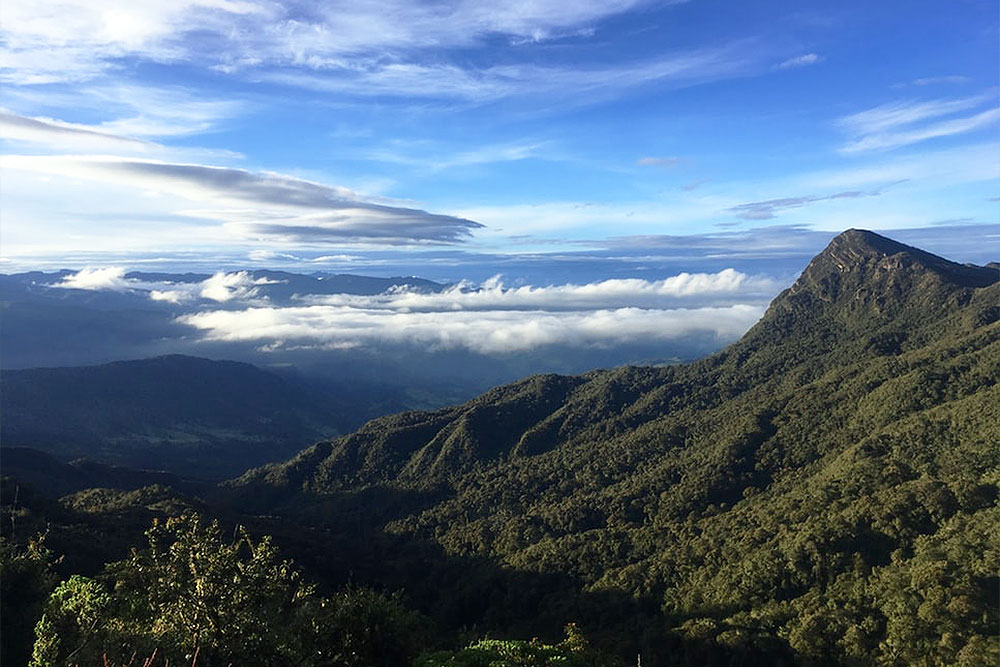
Neotropical paramo: threats to the ecosystem due to global change
October 2014 – December 2020
Mountain ecosystems are among the most vulnerable to global change, due to the high endemism that these ecosystems possess and the specific needs of the species that inhabit it. In Costa Rica there is no scientific information on the vulnerability of the paramo to global change. This project seeks to determine the basis for identifying possible changes, historical and future, in the biophysical patterns of the paramo ecosystem in Costa Rica. We will identify the current physical limits of the ecosystem and determine if there has been a significant reduction in its distribution. Through regular visits and the use of temporary plots, a baseline of biological monitoring (plants, mosses, lichens, fungi and molluscs) will be established to measure the impact of global change and assess whether there are differences in the composition between an Atlantic paramo (more humid) and one of the pacific (drier). The removal of seeds by vertebrates and their potential effect on ecosystem regeneration, plant-pollinator interactions and the effect of the inter-American highway as an element of air pollution in the paramo of Costa Rica will also be studied.
Project Coordinator: Zaidett Barrientos Llosa
Email: zbarrientos@uned.ac.cr
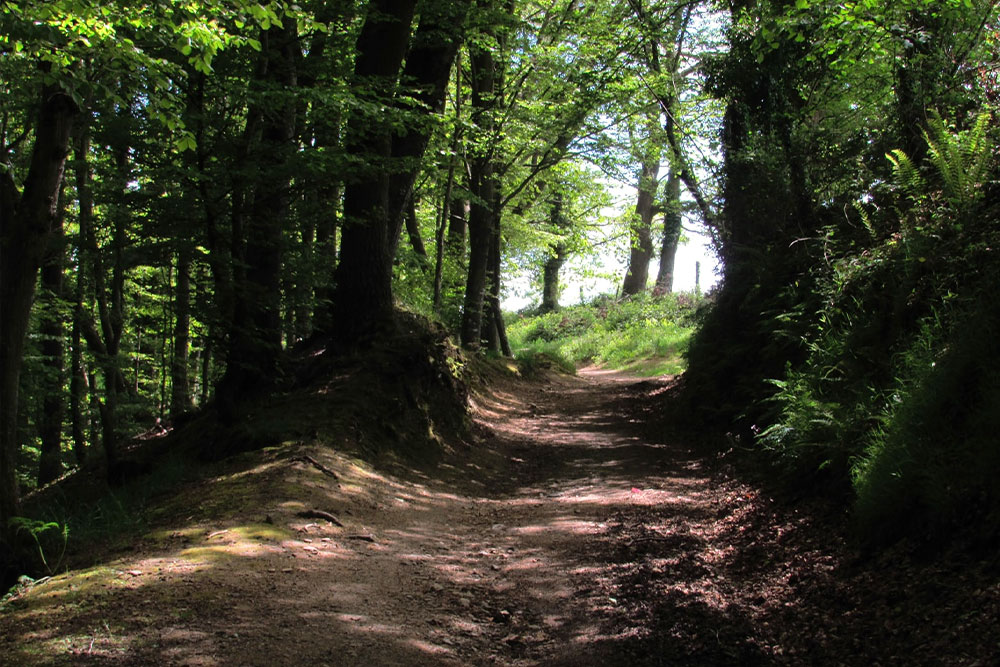
Hills of Escazú as air pollution sinks
January 2015 – December 2020
The Protective Zone of the Hills of Escazú (ZPCE) is presented as a possible sink of air pollutants, given its location in the predominant direction of trade winds over the Western Central Valley (VCO). The work proposal proposes the evaluation of secondary air pollution, in order to establish the levels of affectation of the ZPCE. Initially the levels of acid rain will be measured, then consider the associated secondary pollutants and their relationship with the specific weather of the place and the VCO. The associated atmospheric basin will be determined. At the same time, the possible effects of this contamination on the environment surrounding the ZPCE are considered, especially associated with the degradation of malacolofauna, leaf litter and lichens coverage. Finally, the relationship between these possible contamination values and the deterioration of structural materials will be analyzed, when assessing atmospheric corrosion.
Project Coordinator: Zaidett Barrientos Llosa
Email: zbarrientos@uned.ac.cr
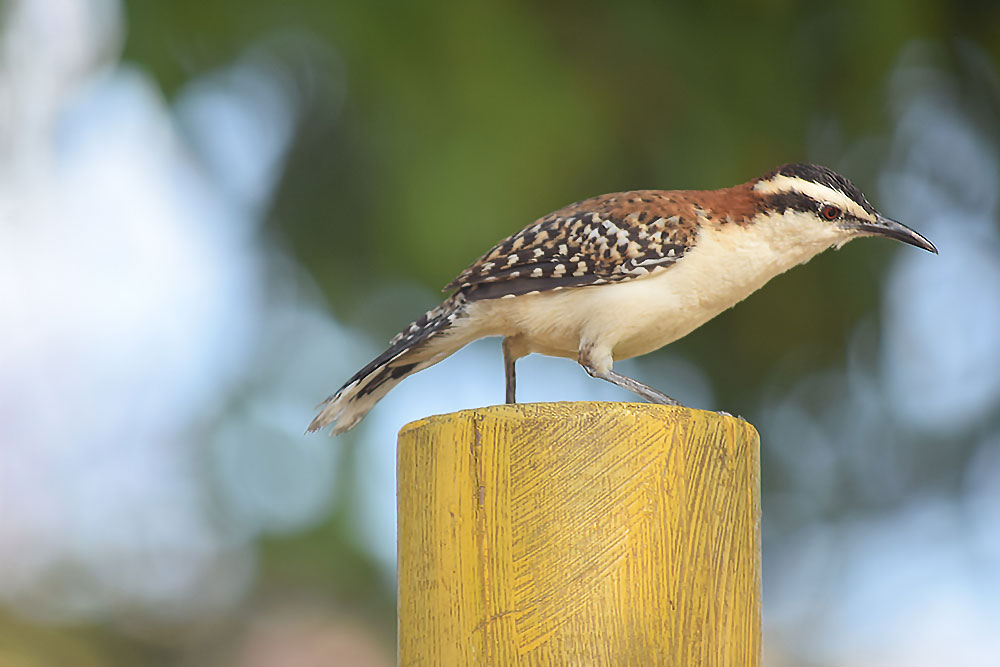
Effect of climate change on urban fauna
January 2017 – December 2020
Natural landscapes are deeply affected by habitat loss and fragmentation due to human population growth. Urban spaces are emerging as new research locations where conservation ecology and landscaping meet. Indeed, green spaces in cities, such as urban parks, become sanctuaries for native and introduced species, where they find the necessary resources to survive. This study focuses on the central parks of the 11 cantons of the Chorotega Region: Abangares, Bagaces, Cañas, Philadelphia, Hojancha, La Cruz, Liberia, Nandayure, Nicoya, Santa Cruz and Tilarán.
Project Coordinator: Gabriela Jones Román
Email: gjones@uned.ac.cr
